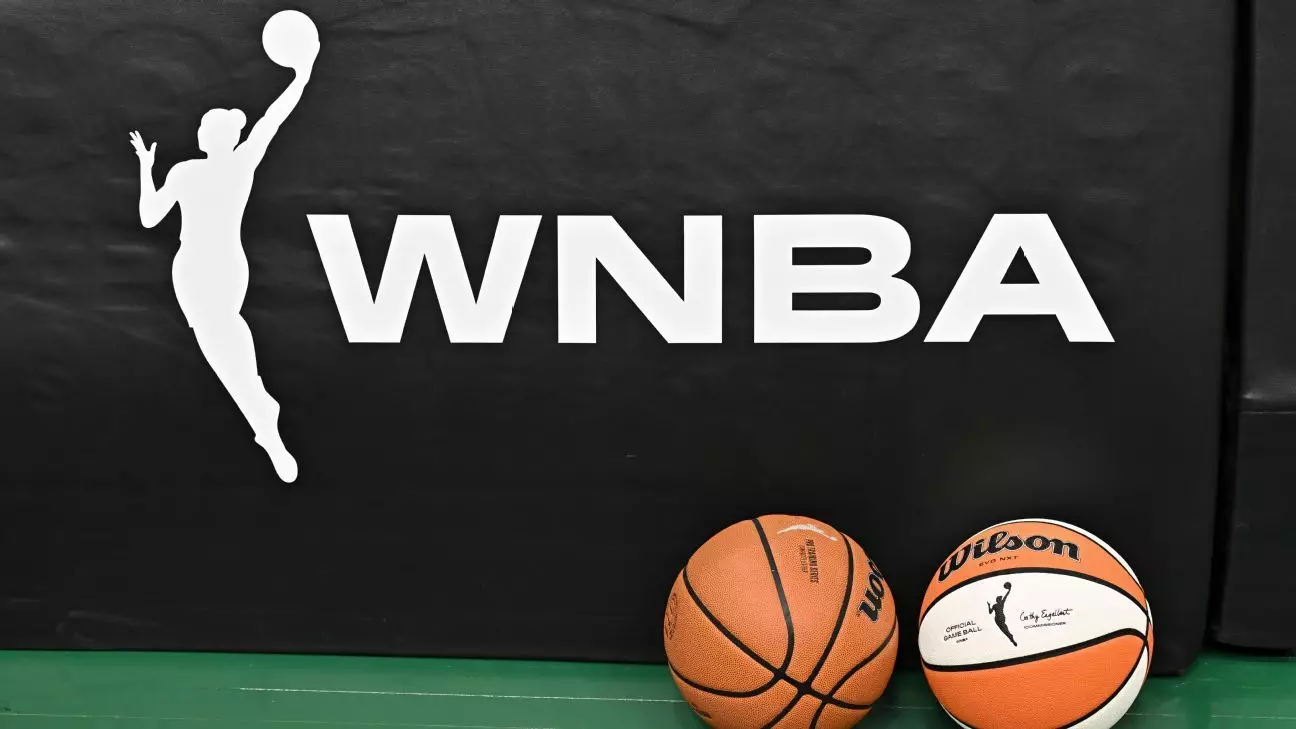In a season where the WNBA’s popularity is soaring—viewership records are shattered, sponsorship deals abound, and league expansion is on the horizon—the players find themselves at a crossroads that could define their future. Despite the league’s undeniable growth, their voices remain sidelined in what should be negotiations about shared prosperity. The recent meeting between over 40 star players and league officials highlights an uncomfortable truth: the slog for fairness and recognition is far from over, revealing systemic cracks that threaten to undermine the very foundation of this burgeoning professional sport.
The in-person gathering, hailed as the largest in WNBA history, was more of a symbolic gesture than a breakthrough. The players entered with hope, but left with disappointment, frustrated that their demands for a fairer share of the league’s booming revenue continue to be dismissed. This isn’t just about salary increases; it’s about acknowledging the very value these women bring to a league they have helped build from the ground up. The disparity in bargaining power reveals a broader issue where institutional inertia and corporate greed threaten to stall progress, all while the players’ labor output fuels the league’s expansion and profitability.
A League That Talks the Talk, but Fails to Walk the Walk
What makes this dispute more insidious is the league’s apparent disconnect from its own success story. The media rights deal totaling $2.2 billion, the expansion plans to add three more teams, and rising attendance figures are all evidence that the WNBA’s market is thriving. Yet, these achievements are not translating into fair compensation for those doing the heavy lifting—namely, the athletes. Instead, they are facing a system that profits immensely while they are offered crumbs and lip service.
It’s a pattern familiar across major sports leagues—growth for the owners, stagnation or marginal gains for the players. The league’s response to the players’ proposals has been lukewarm at best. A disconnect exists between the economic realities and the league’s unwillingness to equitably distribute new revenue streams. The expansion fees and rising valuations should underwrite better working conditions, salary increases, and long-term security for the athletes. Instead, the current stance perpetuates a model that undervalues women’s sports and the women who drive its success.
The union’s refusal to accept the league’s offer is more than a negotiating tactic; it’s a statement that the players refuse to be exploited. They recognize their leverage—media deals, audience engagement, and league growth—yet their rightful share remains elusive. The notion that “business is booming” is meaningless if those responsible for this success see none of the benefits. The players are fighting not just for themselves but for the future integrity of women’s sports—a future that must be built on fairness, transparency, and respect.
The Hope and the Hurdles Ahead
While the league’s top brass tries to project optimism, the underlying tension remains palpable. Both sides agree to meet again, but the real question is whether these conversations will translate into meaningful change or continue to be superficial. The league’s leadership, including Commissioner Cathy Engelbert, claims to be listening and optimistic, but words are meaningless without tangible action.
The players’ readiness to fight for a “transformational” collective bargaining agreement reflects a growing awareness that their labor is undervalued and that incremental gains are no longer sufficient. Endorsing expansion with hefty fees should come with a commitment to equitable revenue sharing. Otherwise, the league’s rapid growth risks becoming a smokescreen for ongoing exploitation.
The threat of a lockout looms, and it exposes a fundamental truth: if the league refuses to prioritize fair pay and working conditions now, it risks alienating the very players whose talent and dedication attract audiences worldwide. The league’s history of avoiding work stoppages sets a precedent, but this stalemate might be the catalyst that finally forces a reckoning.
In the end, this negotiation is about more than contracts and revenue shares; it’s about respecting women’s athletes as essential stakeholders in the future of basketball and sports at large. Until the league recognizes that fairness is a competitive advantage—not a burden—the fight for an equitable future will continue. The players are not just asking for more—they are demanding that their contributions be acknowledged as the backbone of the league’s success. Only then can the WNBA truly realize its full potential and uphold its promise of empowerment and progress.


Leave a Reply